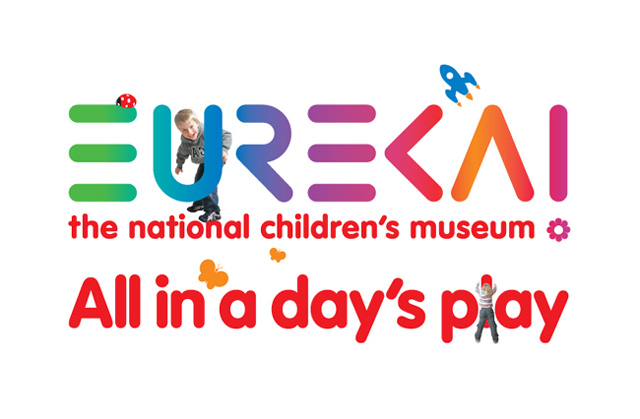In May 2010 I had been actively seeking work for months with no luck, I came across a government programme, The Future Jobs Fund, offering paid work experience with organisations for 6months. The Future Jobs Fund was the beginning of one of the best experiences of my life. I applied for a post with Eureka! The National Children’s Museum as an Administration Assistant. I had never envisaged myself working in a business environment but the opportunity had presented itself and I decided to take it on.
If I could put into words how I feel about working for Eureka!, I would be selling Eureka! short. Working at Eureka!, has been an amazing experience which can only be described in its simplest form as breathtaking. When I started working for Eureka! I did not really know what to expect. I can safely say all my initial inhibitions were quickly displaced. As an A-level graduate with little experience in an office/business environment and feeling a little naïve, I thought I would be out of place. The reality was completely to the contrary and within a week I felt as if I had been working at Eureka!, for the greater part of the year.
Although I had joined the Marketing and Development Team at Eureka!, there was an informal environment and the atmosphere was in line with the playful ethos of the museum. Being in the Corporate Office was slightly daunting as the team is highly efficient and professional yet everyone is friendly and easy to approach, so it created a great productive atmosphere to work in. Not only am I privileged to be working with some of the brightest minds in the industry, but at the same time I’ve been inspired to go above and beyond my best. Working at Eureka! has been amazing, no one day goes by that is the same. You can be working on a corporate event with blue chip clients wanting an informal environment for some genuine team building, or doing a workshop with children excited to learn about poo. In the galleries I enjoyed seeing children’s faces light up in excitement at speaking to Scoot the Robot, and I was challenged doing research for fundraising and marketing campaigns, everyday is different and almost always exciting.
 |
| David running the Wacky Races session as part of Playday 2010 |
I have learnt a great deal at Eureka! over the past year from life skills to comprehensive business skills that I hope will put me in good stead for my future career. I am also currently waiting for confirmation that I have passed my NVQ Level 3 Diploma In Business and Administration. I am more confident and my interpersonal skills have significantly improved from my time here.! From being a shy young man trying to find his career path, to being a professional orientated individual with a promising future ahead. I owe a lot to the team at Eureka! as I embark on the next stage of my life, I take on board everything I have learnt and all the experience I have gained in my role. After over a year of working at Eureka! (my contract was extended after the Future Jobs Fund placement) I am currently preparing to start work with the UN on anti-poverty initiatives and human right issues in Third World countries. As I leave I will always remember the playful ethos of Eureka! particularly the essence of play, "We don't stop playing because we grow old; we grow old because we stop playing."
David Dube is the Administration Assistant at Eureka! The National Children's Museum and will be leaving at the end of the month to work with the UN.










